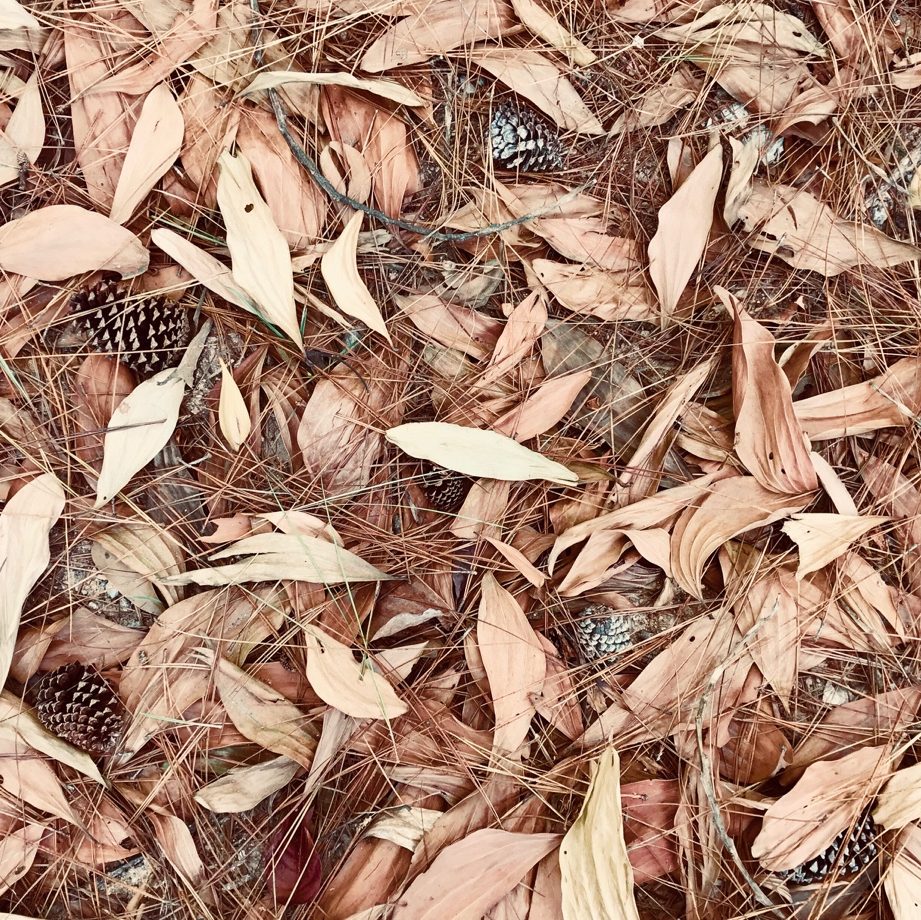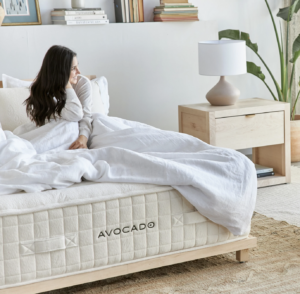We talk a lot about eco-friendly lifestyles in this magazine. As creators of one of the top-rated mattresses out there that also happens to be extremely planet-friendly, you could say we’re a little obsessed with improving our relationship with the Earth—and bringing others along for the ride. But—and we’re sure you can relate—there’s always more that can be done.
From making your own produce
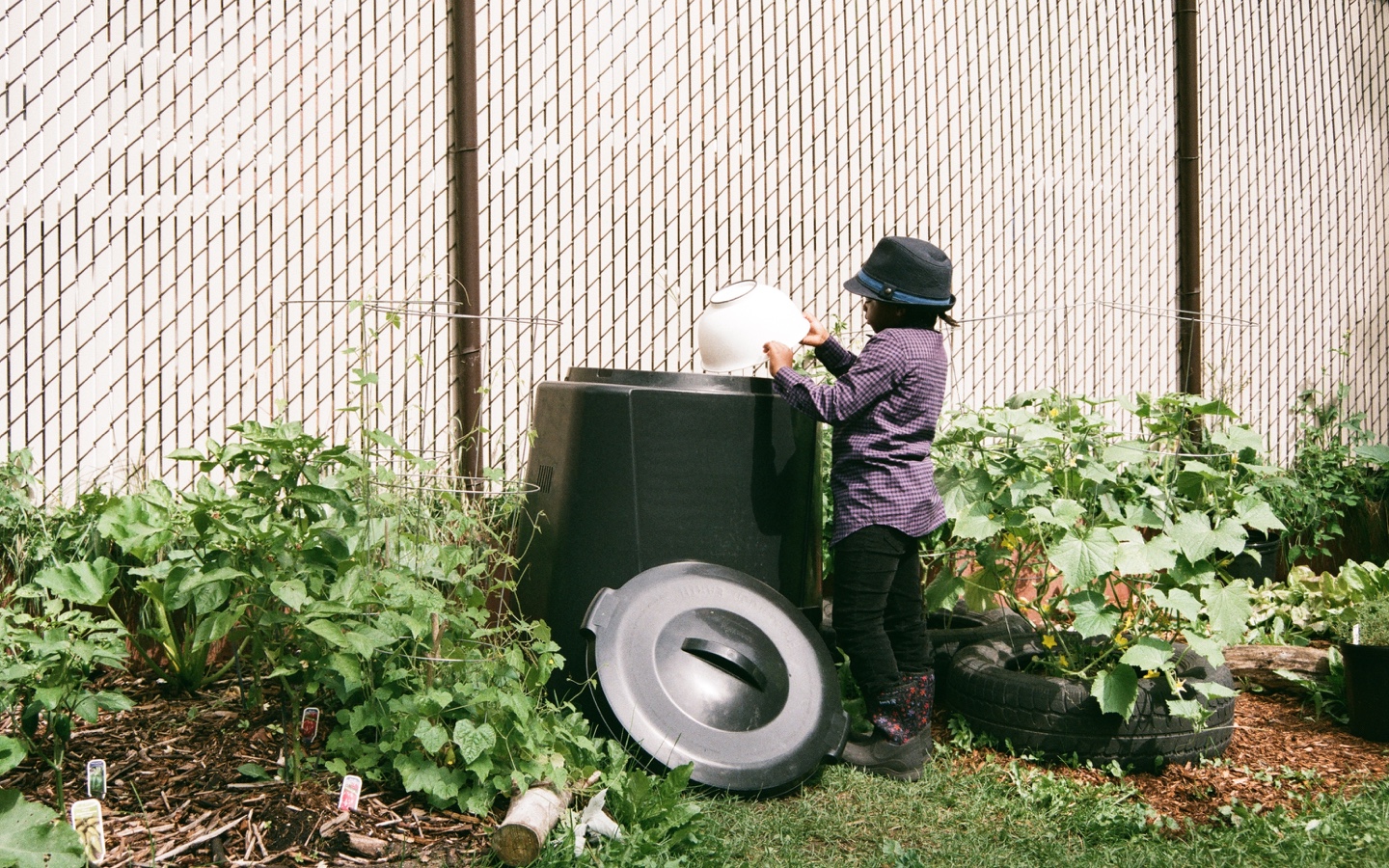
Why do we throw out so much perfectly usable food? Though it may be complicated, it essentially boils down to two major factors: Food is cheaper in the U.S. than any other country, and we’re all a little too obsessed with how our food looks. Bruised apple or slightly wilted lettuce? While both of those things are more than likely still perfectly edible and good, the majority of us are likely to turn up our noses at the mere thought of eating them. And into the
Once relegated to the most passionate of organic gardeners, composting has quickly become commonplace, from the backyards of country homes to bins lining city streets, awaiting their pickup. More and more major cities are implementing composting programs, from Portland, Maine to Portland, Oregon, that benefit the city as well as the individual. Some cities give the soil that comes from composting to community gardens, some offer a bin of fresh soil to individuals, and some use the soil to fertilize trees in parks and on sidewalks. There’s no question that composting offers a ton of benefits, but if you’ve ever thought about composting and felt intimidated, you’re not alone. Whether you’re using a city composting service or wanting to start composting for your own garden, the tips below can help you get started:
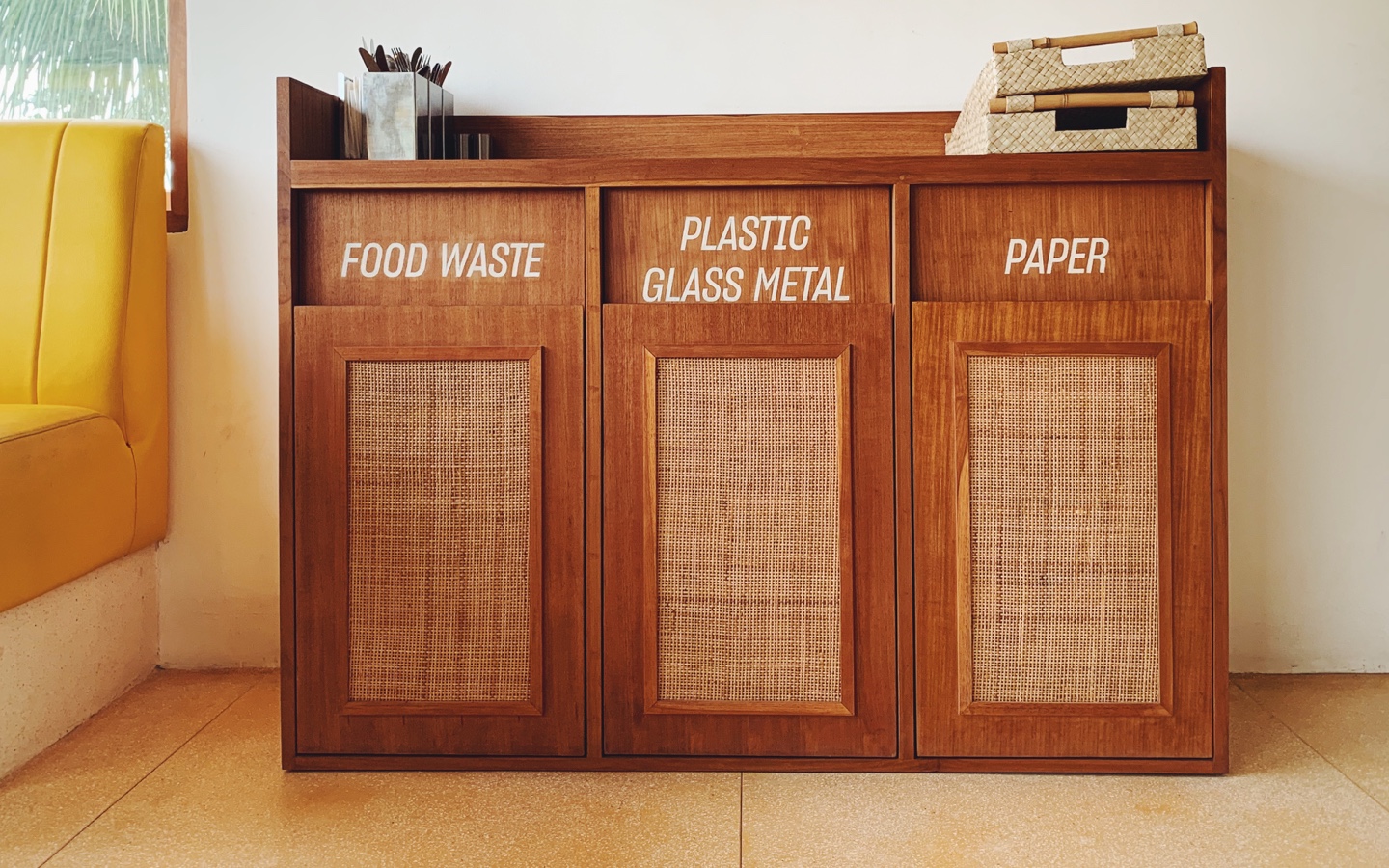
First, let’s discuss why you should compost.
It’s about more than simply being responsible
Next, you need to choose: bin or open pile?
If you live in an apartment in the city, a bin is
For city-dwellers, a countertop compost bin, whether provided by a city program or purchased at a store, can be an easy solution for where to toss your compostable scraps. Be sure that whatever bin you buy is compliant with whatever local composting program you sign up for—some have strict rules.
Then, learn what you can compost:
Composting will lighten the load of your garbage, but you can’t throw just anything in the bin! If you’re using a service, be sure to educate yourself on what is and isn’t allowed, as some city composting programs have strict rules:
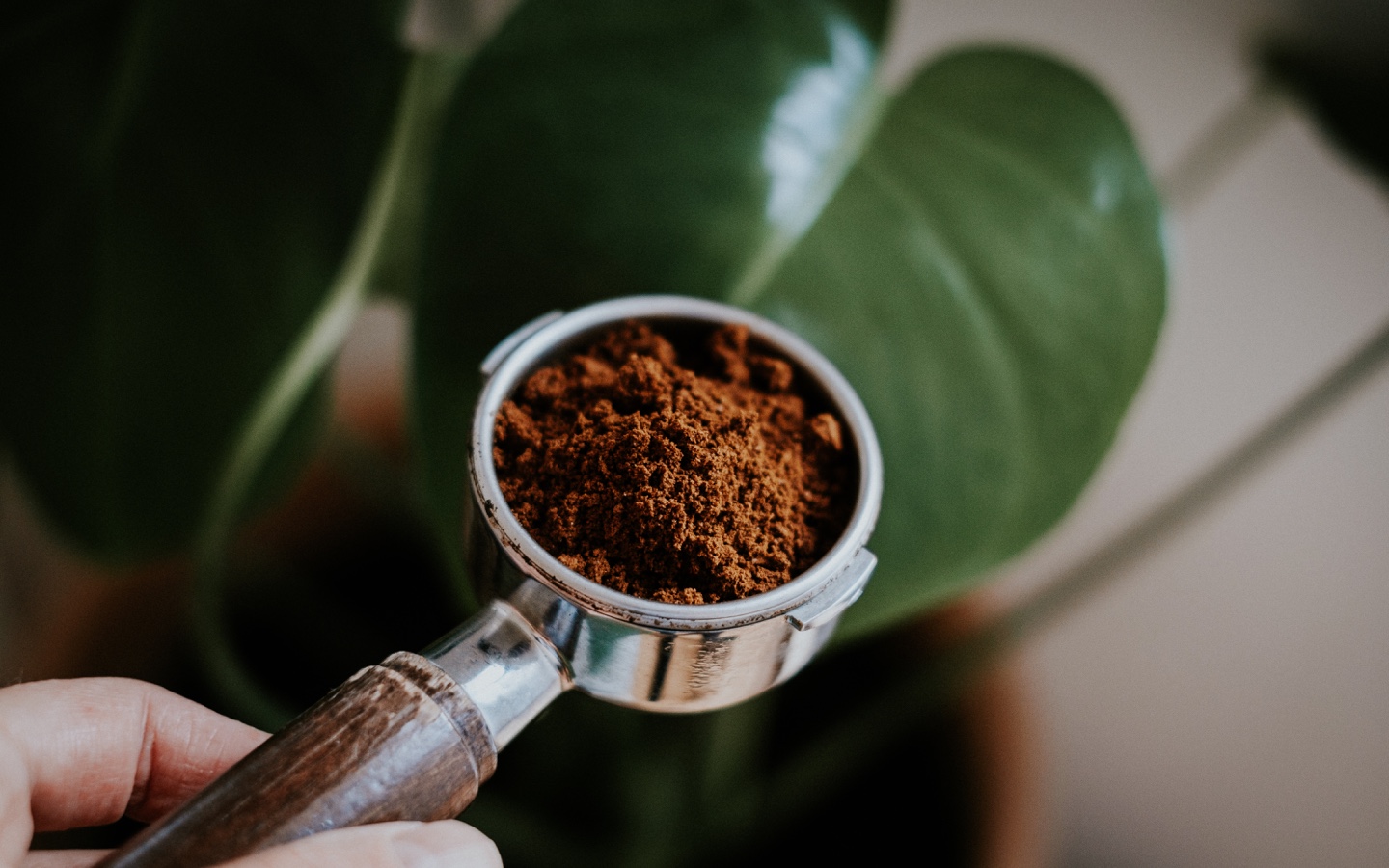
OK to compost:
- Vegetable and fruit scraps (plastic stickers removed)
- Coffee grounds (an excellent addition for added nitrogen)
- Eggs shells
- Newspaper
- Nut shells
- Leaves
- Sticks
- Yard waste, like grass clippings (be sure there’s no animal waste included)
Not ok to compost:
- Food wrappers
- Glossy paper, glossy newspaper (ad inserts), and magazines
- Meat (typically, though allowed sometimes—attracts pests)
- Oil
- Nut butter
- Dairy products
This handy guide can help you determine whether an item can be composted (click on the name of the item to read more).
Then, track your materials.
If you’re using a composting service, you don’t need to worry about this, as the service will handle proper ingredients. However, if you’re tending a home composting pile, you’ll need to pay attention to what you put into it. Your ingredients can be divided up into three categories:
Green: Vegetable or fruit scraps, grass clippings, coffee grounds, etc.
Brown: Leaves, twigs and branches.
Neutral: Egg shells
As you add to your compost pile, you’ll want to balance the green materials with brown and neutral, adding water to help it all break down. You know you have a healthy compost pile if it heats up! When the matter at the bottom of your compost pile is dark, moist and broken down to what closely resembles soil, it’s ready to use.
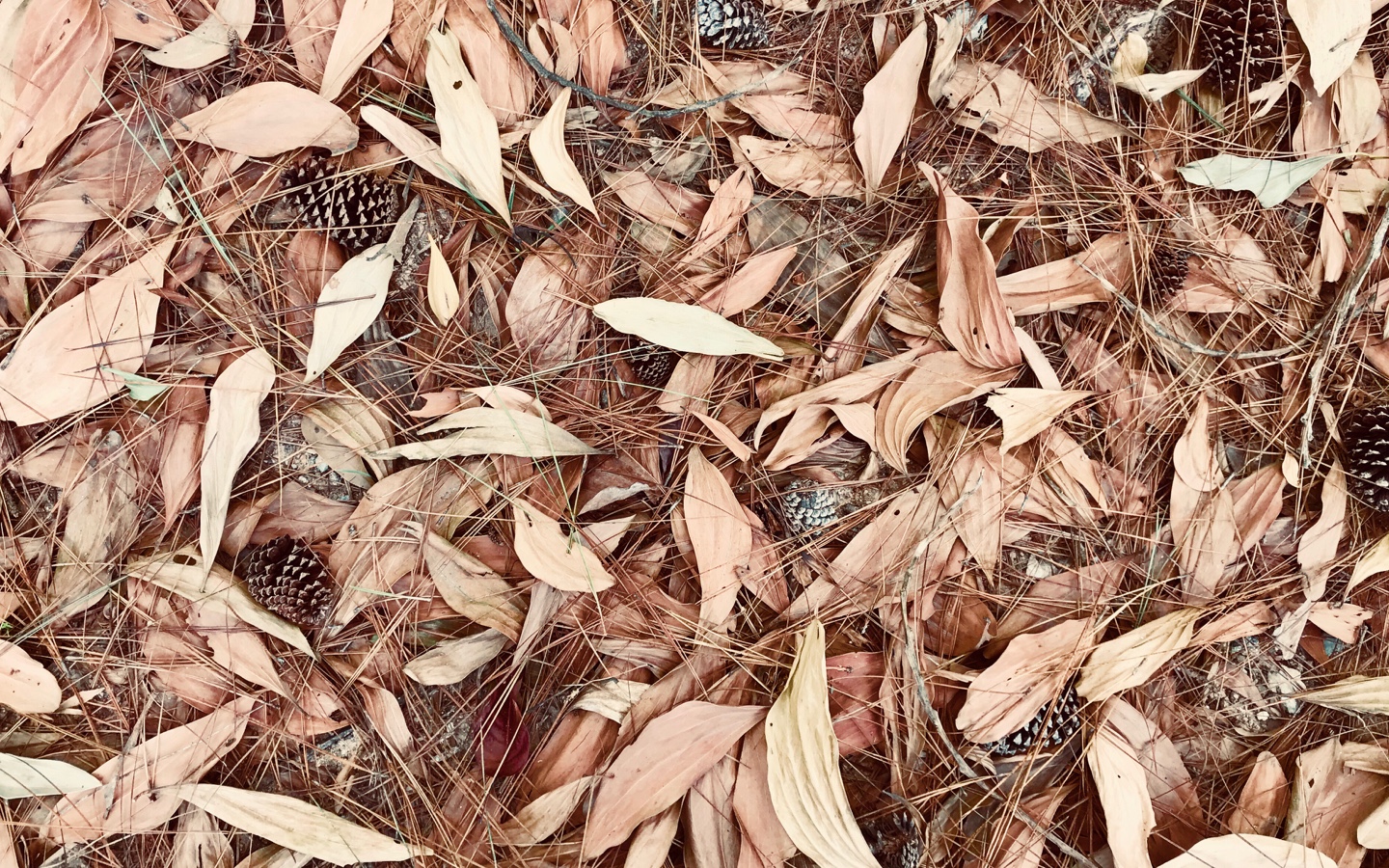
How to use your compost:
Add a layer to the top of your garden beds. Some seedlings can’t handle how nutrient-rich compost is, so it’s best to use with established plants.
Do you compost? Share your tips with us on social by tagging us @AvocadoMattress and #AvocadoGreenMagazine!

Shop Pillows
The Essential Organic Pillow Collection
Gentle, breathable, non-toxic support.




